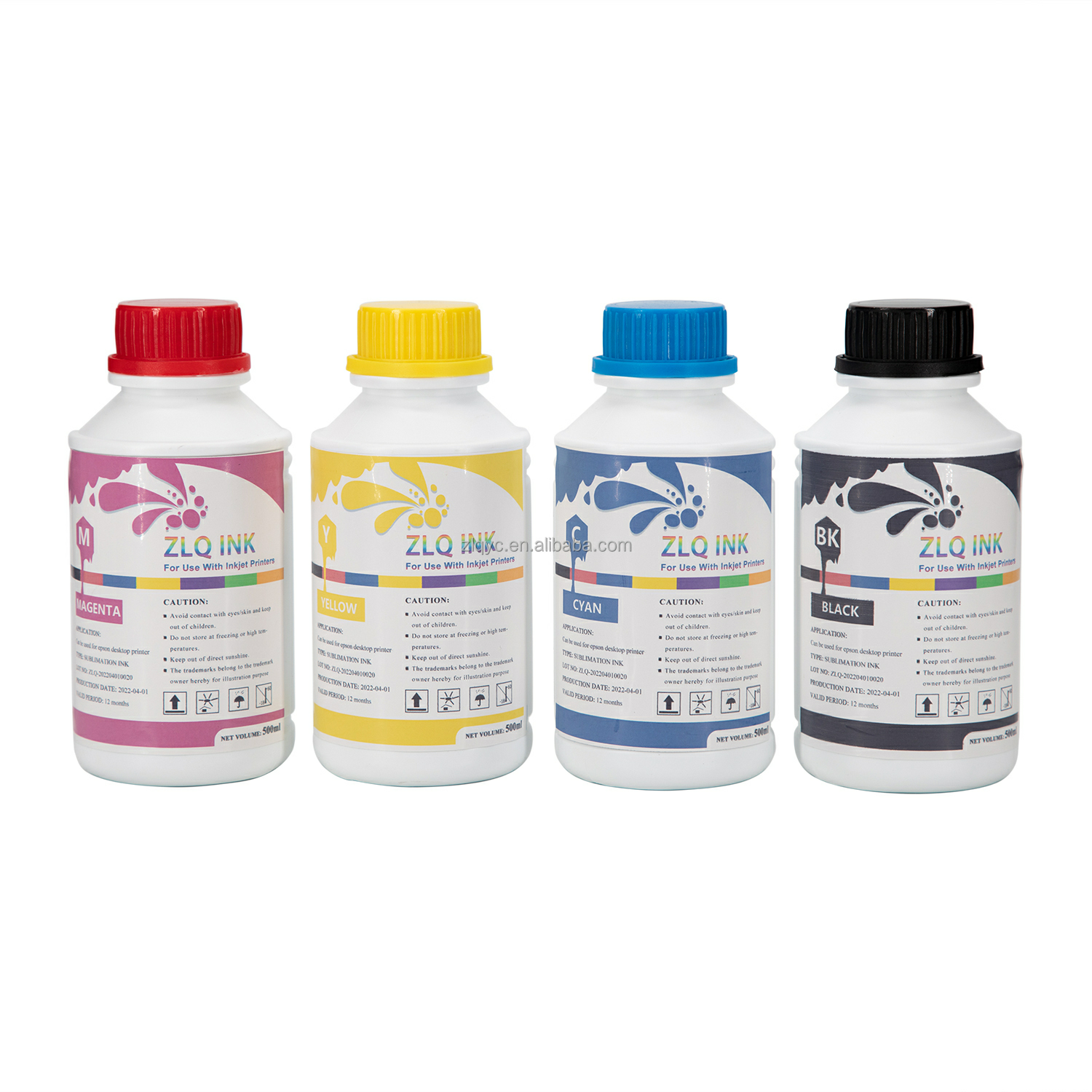Table of Contents:
1. Introduction
2. What is Sublimation Ink?
3. How Does Sublimation Ink Work?
4. Advantages of Using Sublimation Ink in Printing
4.1 Vibrant and Long-lasting Colors
4.2 High-Quality Prints
4.3 Versatility on Various Materials
4.4 Seamless Color Blending
4.5 Fast Drying Time
4.6 Durability and Resistance
4.7 Eco-Friendly Solution
4.8 Cost-effectiveness
5. Frequently Asked Questions (FAQs)
5.1 What is the difference between sublimation ink and regular ink?
5.2 Can sublimation ink be used on any printer?
5.3 Does sublimation ink require special paper?
5.4 How long do sublimation ink prints last?
5.5 Is sublimation ink water-resistant?
6. Conclusion
1. Introduction
In the ever-evolving world of printing, sublimation ink has emerged as a game-changer. This article explores the advantages of incorporating sublimation ink into your printing process, ensuring you stay ahead of the competition.

2. What is Sublimation Ink?
Sublimation ink is a unique type of ink used in dye-sublimation printing. Unlike traditional ink, sublimation ink transforms from a solid to a gas when heated, allowing it to infuse and bond with the fabric or substrate. This process ensures vibrant colors and long-lasting prints.
3. How Does Sublimation Ink Work?
When sublimation ink is heated, it turns into a gas and permeates the surface of the material. The gas then solidifies, embedding the dye into the material. This results in a permanent and durable print that resists fading, cracking, or peeling.
4. Advantages of Using Sublimation Ink in Printing
4.1 Vibrant and Long-lasting Colors
Sublimation ink offers unrivaled color vibrancy, allowing you to create eye-catching designs. The dye molecules in the ink bond directly with the material, resulting in vivid, long-lasting color reproduction.
4.2 High-Quality Prints
With sublimation ink, you can achieve professional-grade prints with exceptional clarity and detail. The ink's ability to penetrate the material ensures precise and sharp images, even on textured surfaces.
4.3 Versatility on Various Materials
Sublimation ink is compatible with a wide range of materials, including polyester, ceramics, metals, and more. This versatility allows you to explore diverse printing applications, from apparel and promotional items to personalized gifts and home decor.
4.4 Seamless Color Blending
Sublimation ink enables seamless color blending and gradient transitions, giving your prints a professional and artistic touch. You can effortlessly create stunning designs with smooth color transitions and subtle gradients.
4.5 Fast Drying Time
Compared to other ink types, sublimation ink has a fast drying time. This feature ensures efficient production processes, reducing waiting times and increasing productivity.
4.6 Durability and Resistance
Sublimation ink prints are highly durable and resistant to fading, making them ideal for long-term use. The prints can withstand regular washing, exposure to UV light, and general wear and tear, maintaining their vibrant appearance.
4.7 Eco-Friendly Solution
Sublimation ink is an environmentally friendly printing solution. It produces minimal waste and eliminates the need for additional chemical treatments found in traditional printing methods. By using sublimation ink, you contribute to a more sustainable printing industry.
4.8 Cost-effectiveness
Although the initial investment in sublimation ink may be higher than traditional ink, it offers long-term cost benefits. Sublimation ink provides excellent color yield, reducing the need for frequent cartridge replacements. Additionally, its durability ensures prints that stand the test of time, minimizing reprinting costs.
5. Frequently Asked Questions (FAQs)
5.1 What is the difference between sublimation ink and regular ink?
Sublimation ink is specifically designed for dye-sublimation printing, while regular ink is used in traditional printing methods. Sublimation ink turns into a gas when heated, transferring the dye directly onto the material. Regular ink, on the other hand, is typically water or pigment-based and does not undergo a sublimation process.
5.2 Can sublimation ink be used on any printer?
Sublimation ink can only be used on printers specifically designed for sublimation printing. These printers are equipped with special printheads and mechanisms that allow for the sublimation process to occur.
5.3 Does sublimation ink require special paper?
Yes, sublimation ink requires specialized sublimation paper to achieve optimal results. Sublimation paper is coated to facilitate the ink's transfer onto the material during the sublimation process.
5.4 How long do sublimation ink prints last?
When handled and cared for properly, sublimation ink prints can last for years without significant fading or deterioration. The durability of sublimation ink prints makes them suitable for various applications, including apparel, home decor, and signage.
5.5 Is sublimation ink water-resistant?
Yes, sublimation ink is highly water-resistant. The infusion of dye into the material during the sublimation process ensures that the colors remain vibrant and intact even when exposed to water or moisture.
6. Conclusion
Incorporating sublimation ink into your printing process offers a myriad of advantages, from vibrant and long-lasting colors to versatile printing applications. By harnessing the power of sublimation ink, you can elevate your printing projects, stand out from the competition, and ensure customer satisfaction. Embrace the transformative capabilities of sublimation ink and unlock a world of endless printing possibilities.

